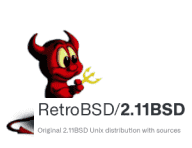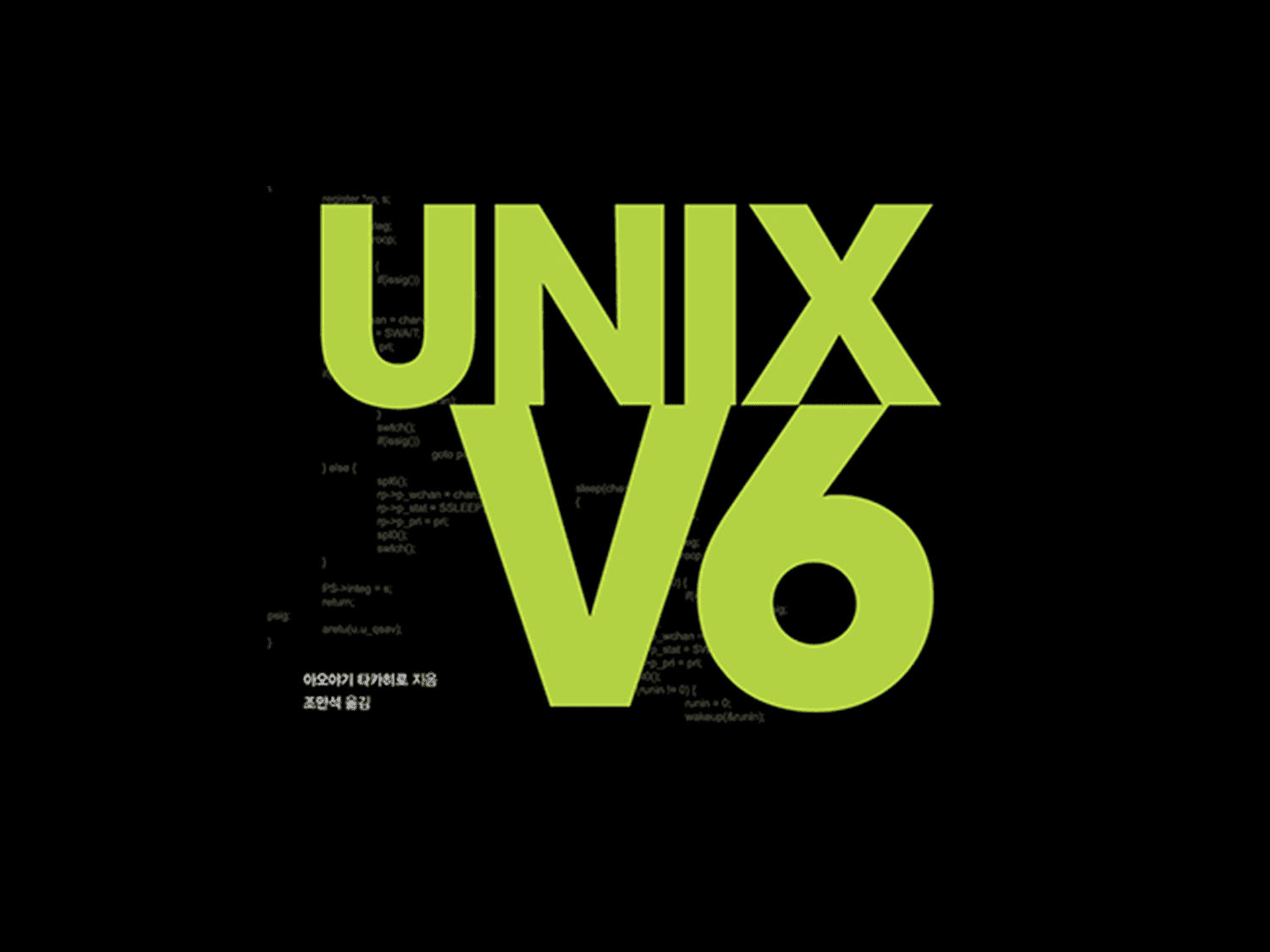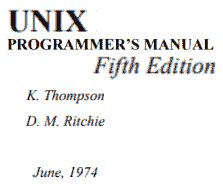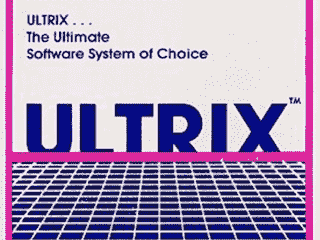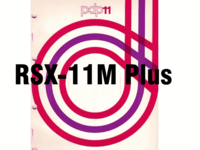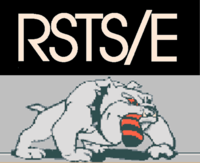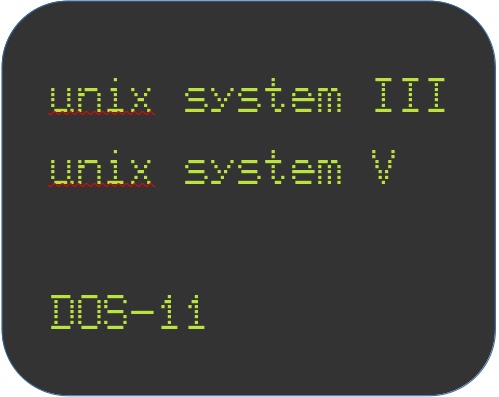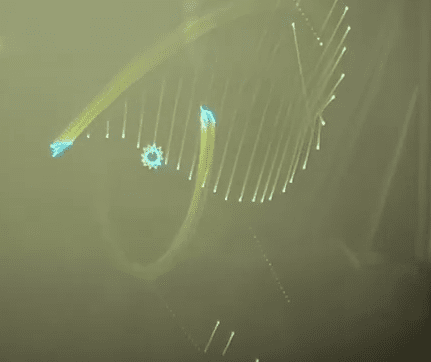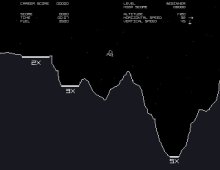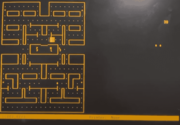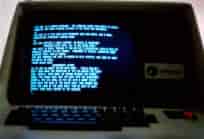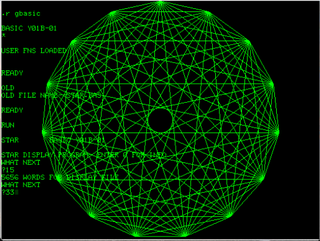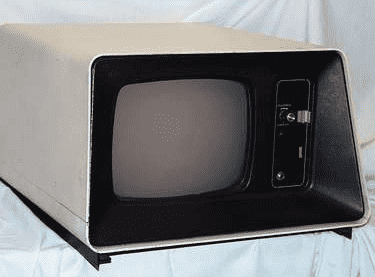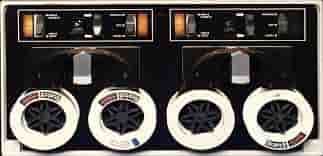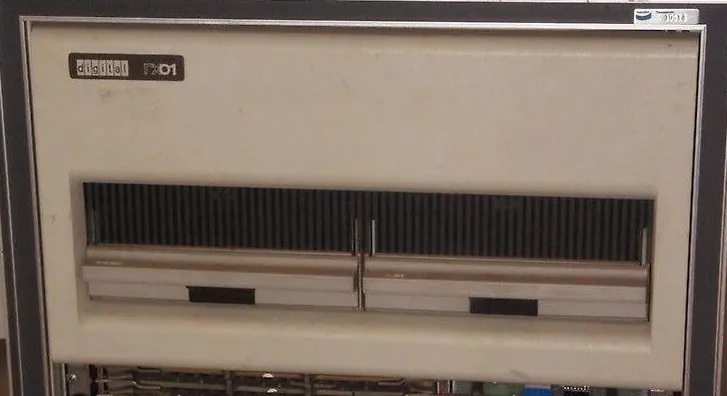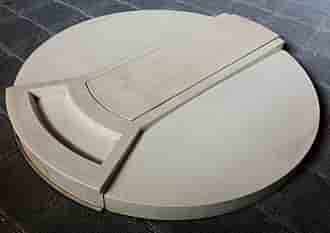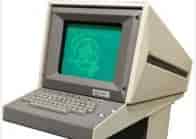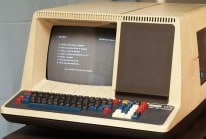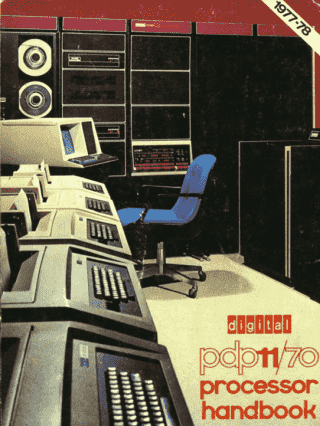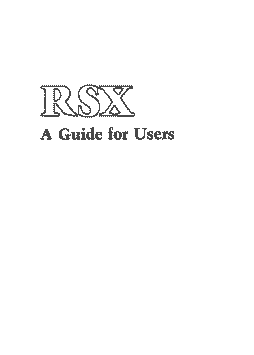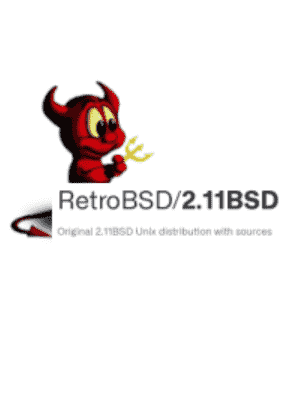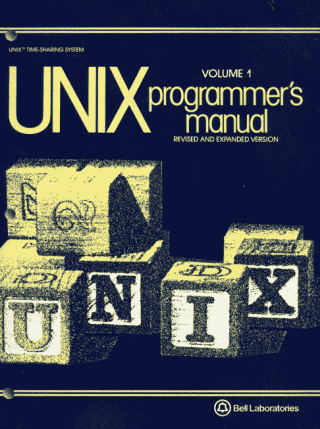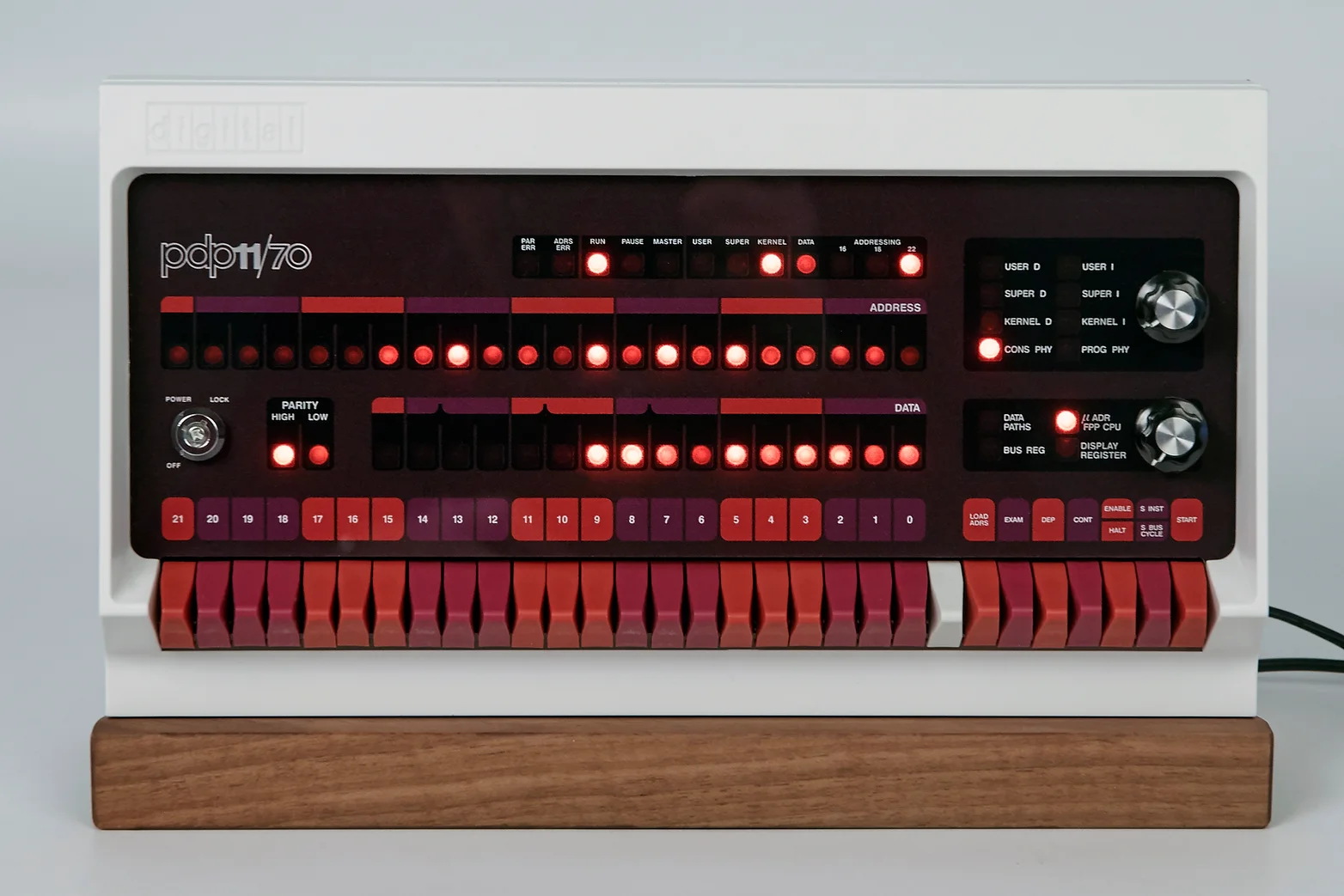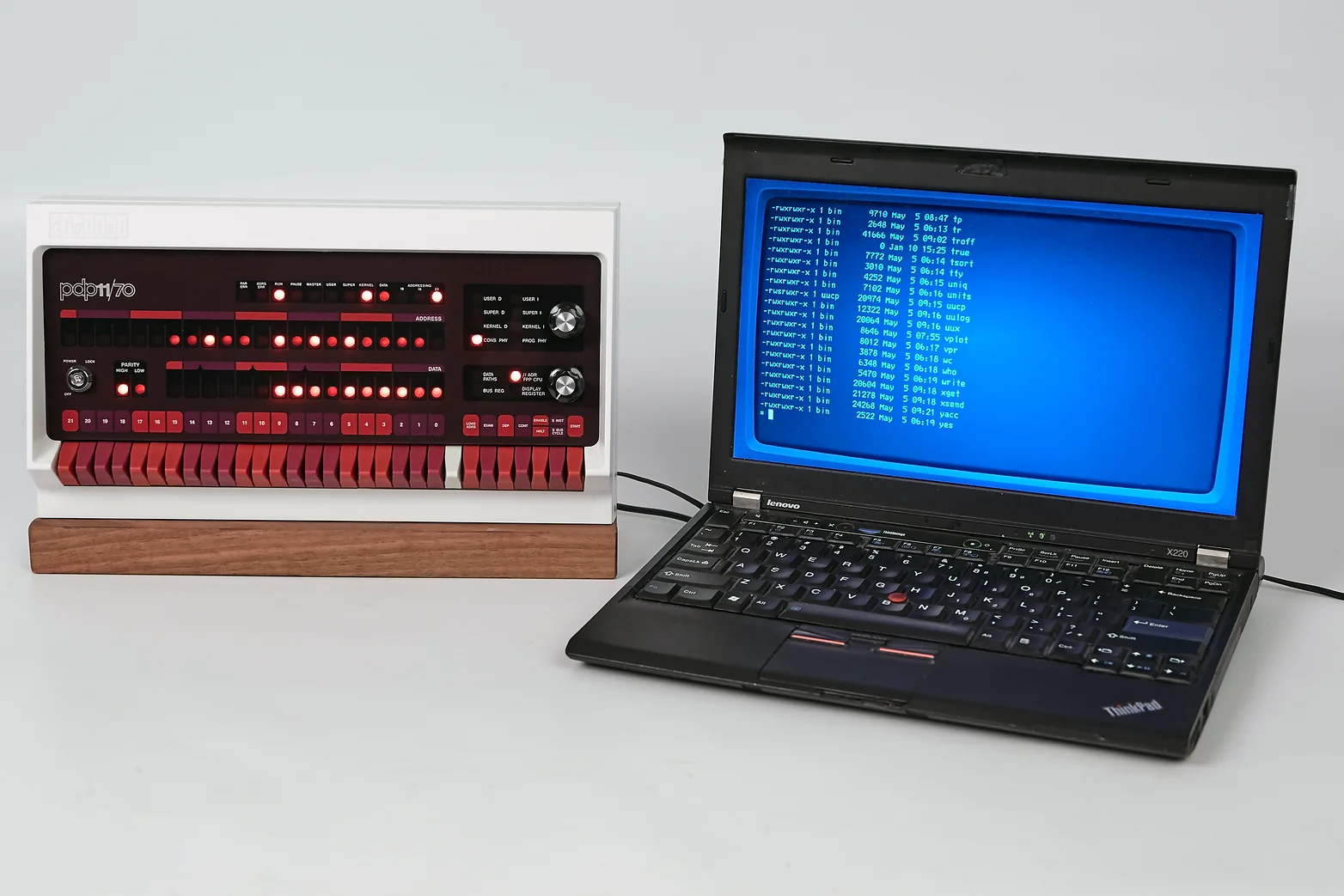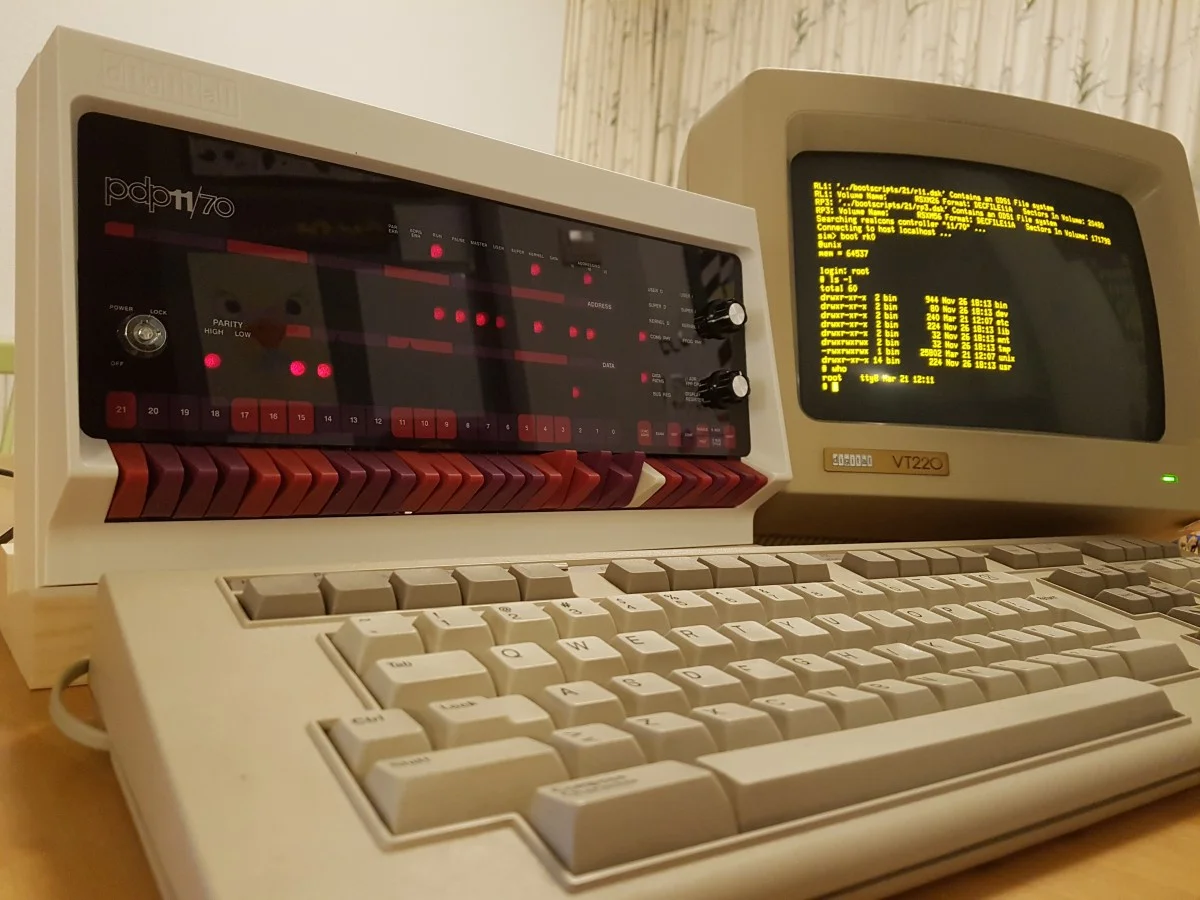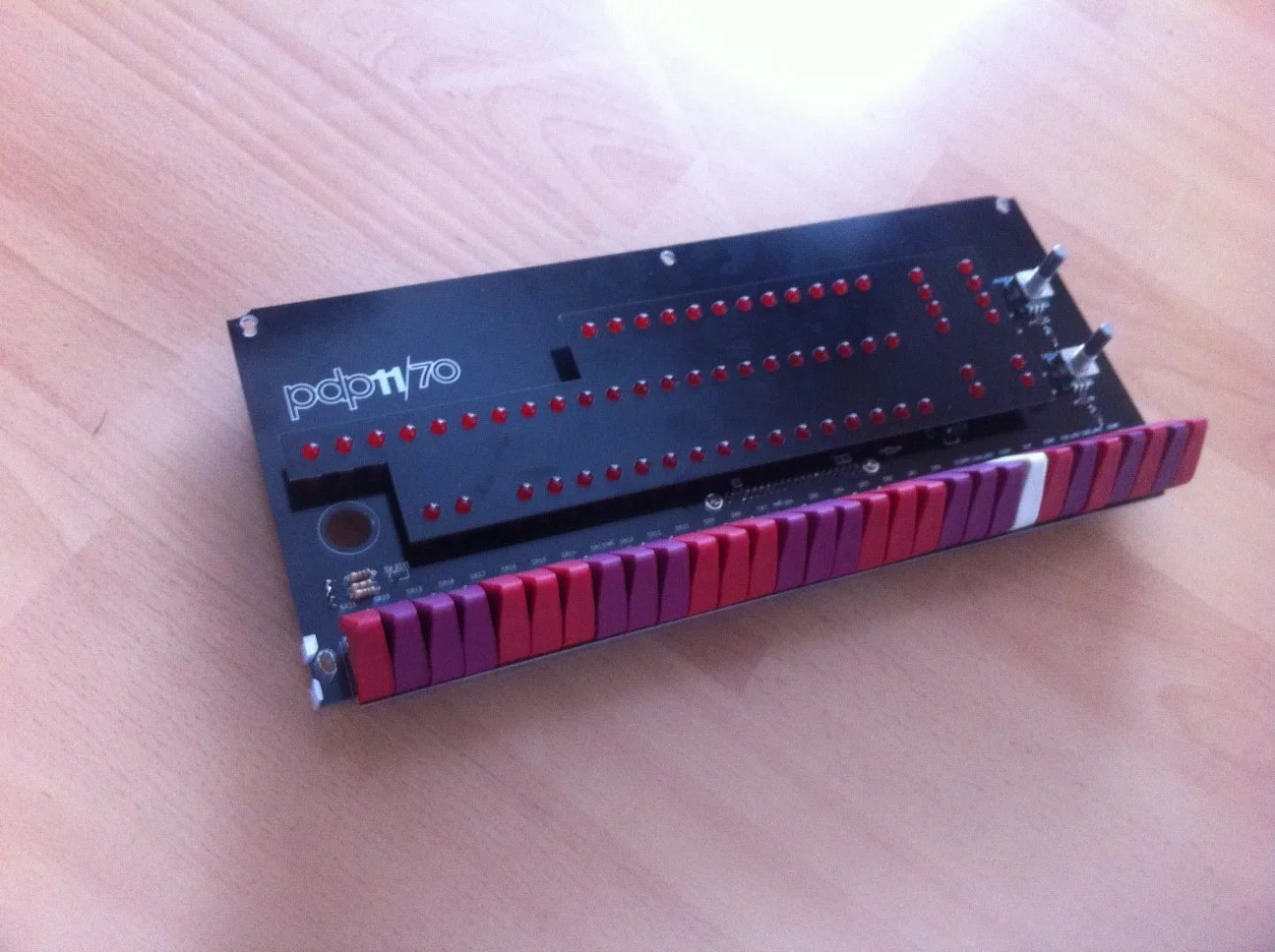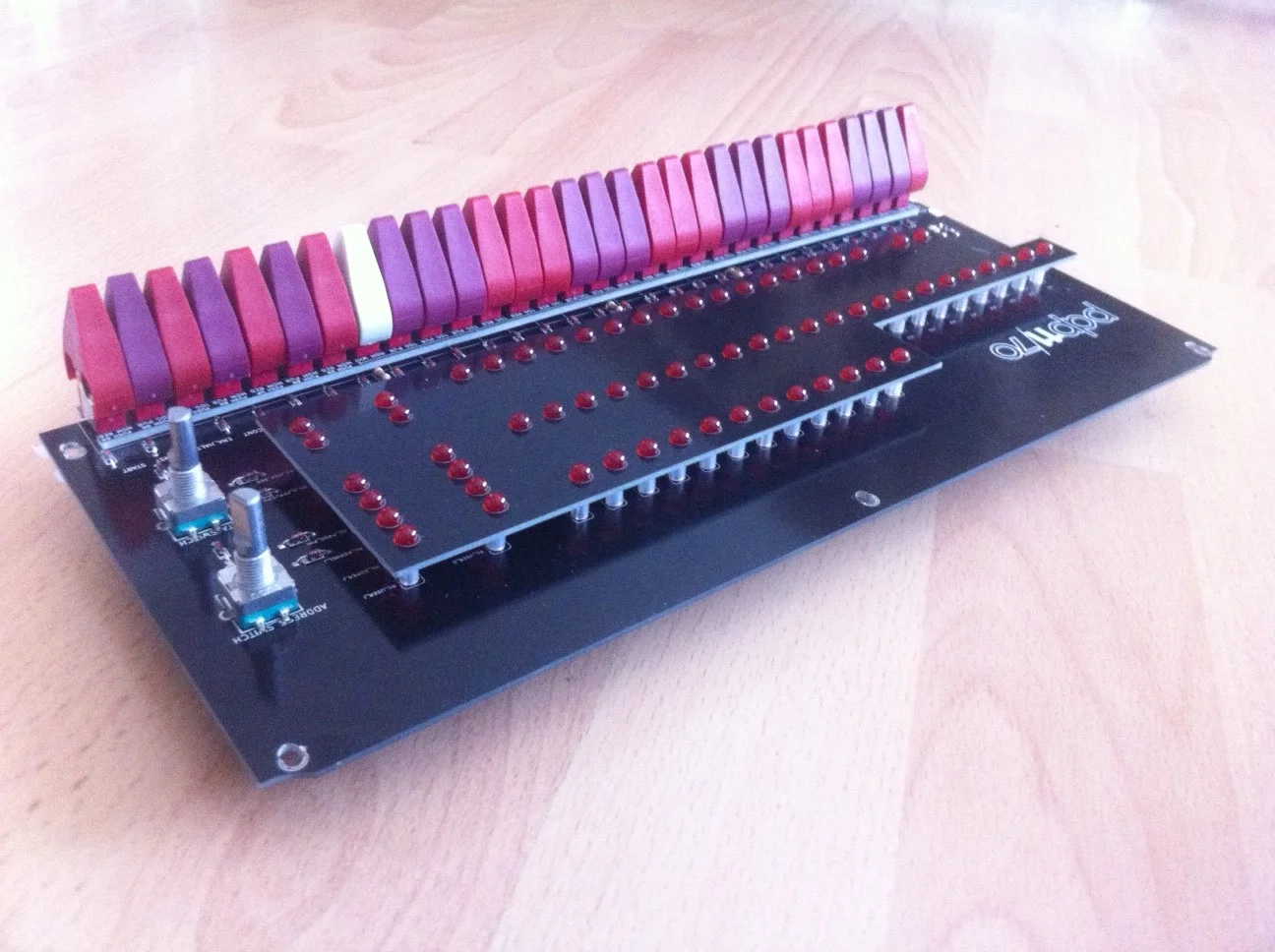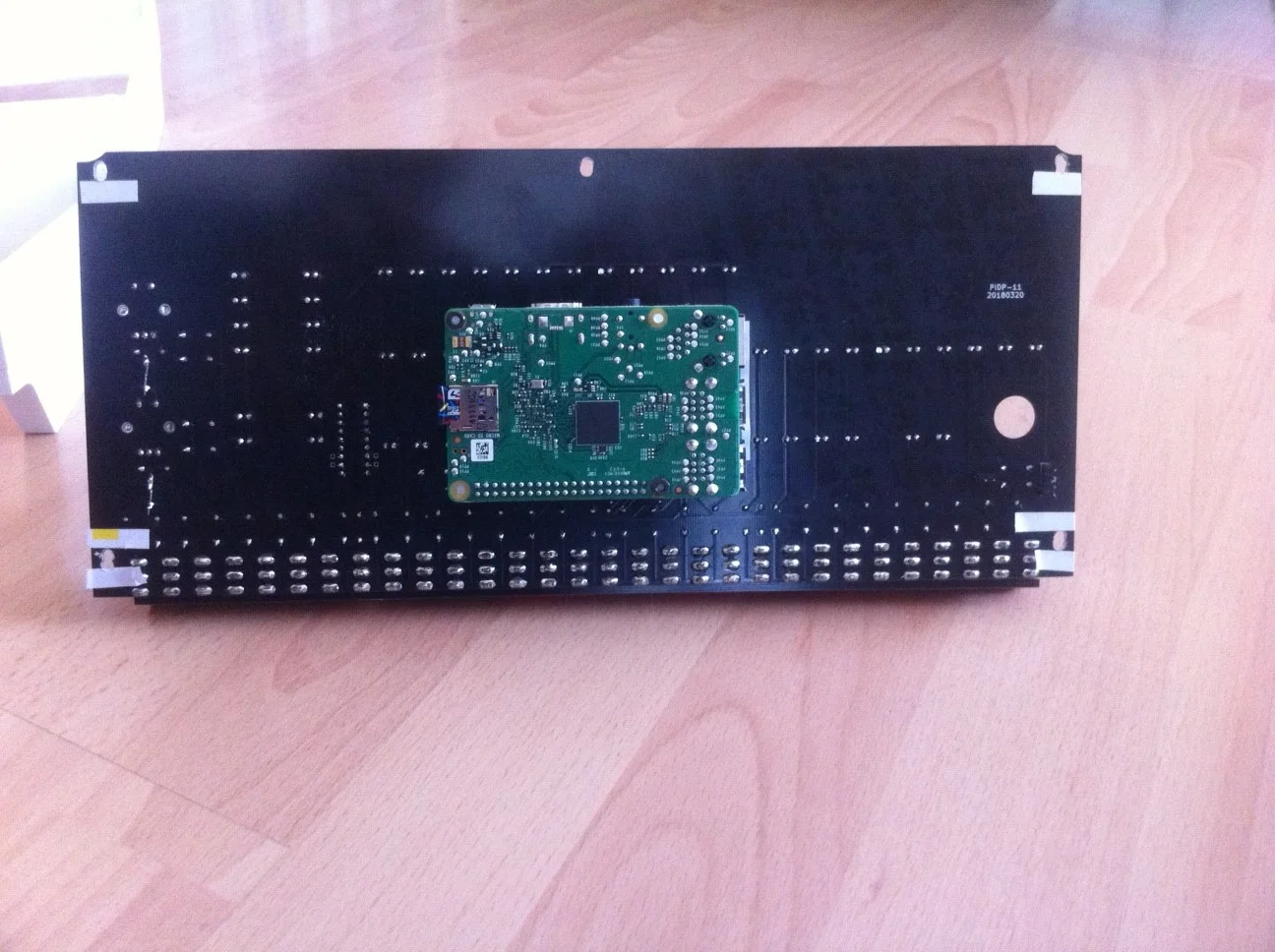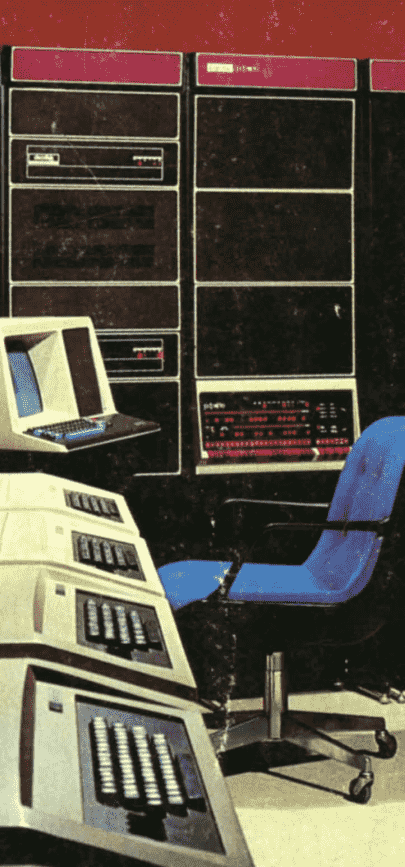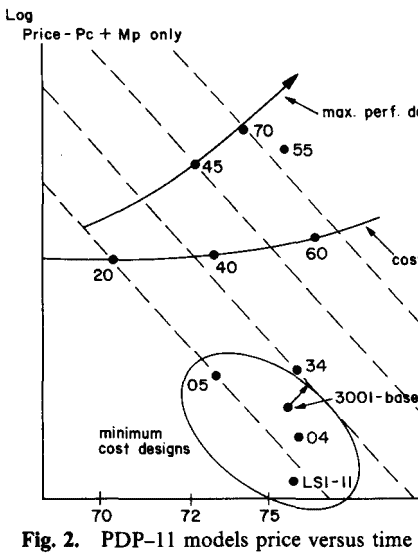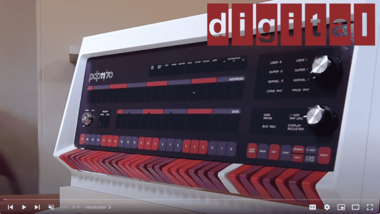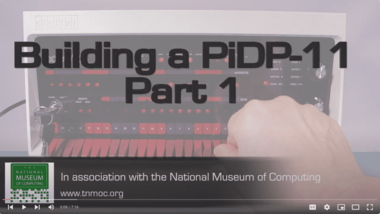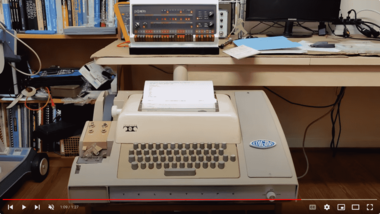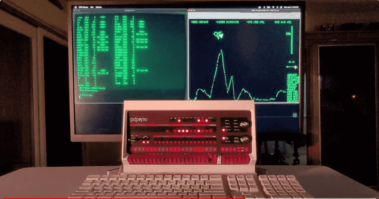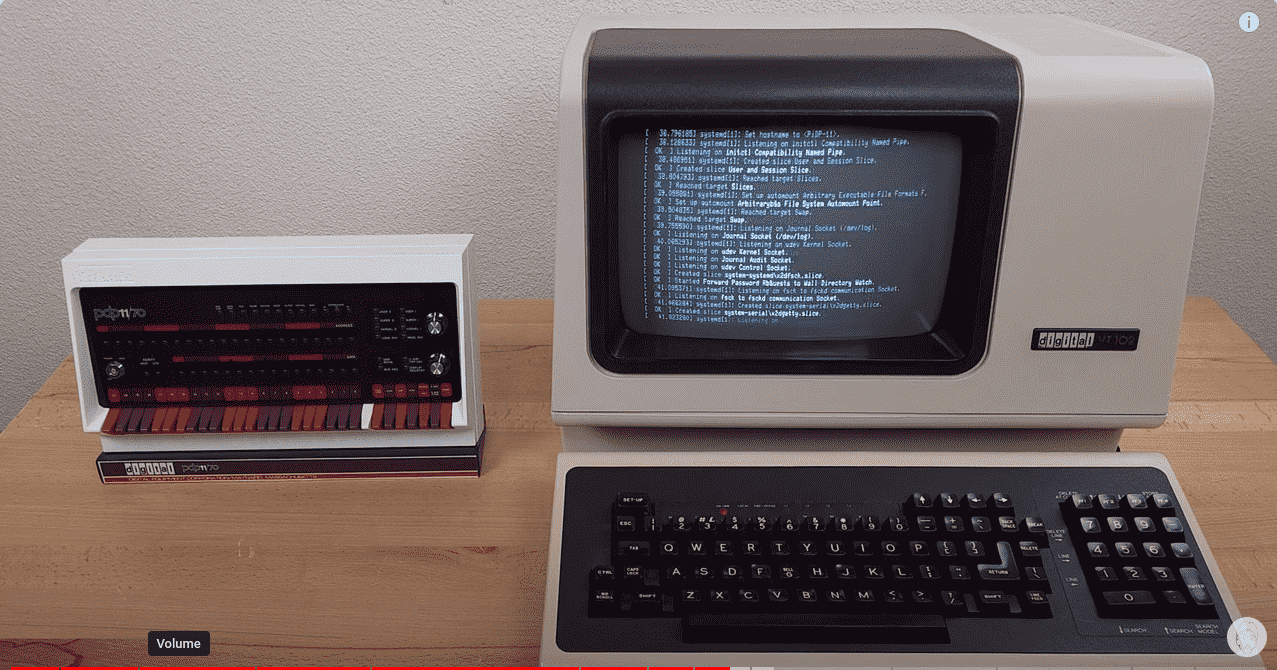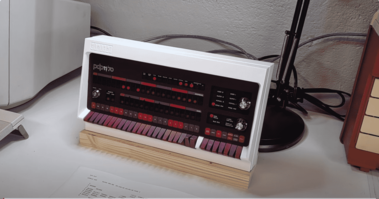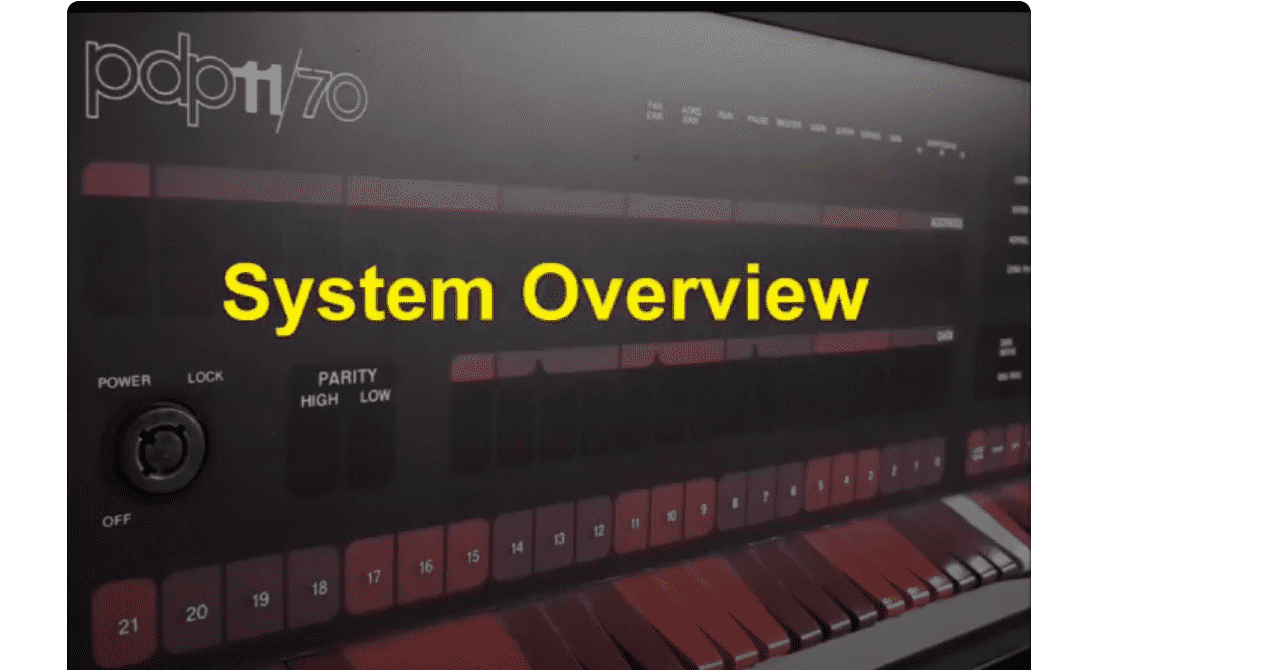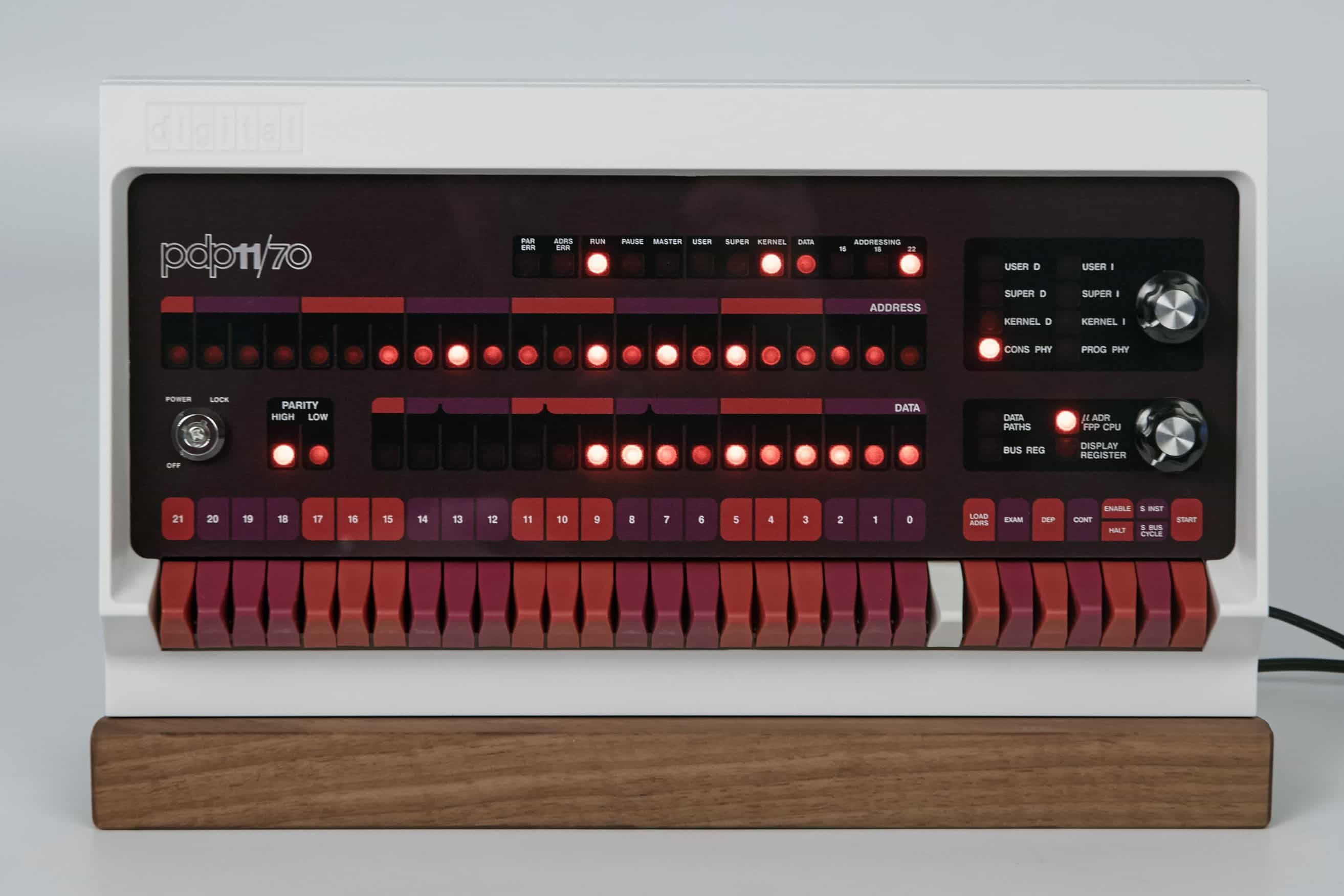
...but that is only when you boot up into Ancient Unix.
If you instead boot up the gloriously multi-user RSX-11M or RSTS/E systems, you find yourself in deeply alien territory. Even though we unconsciously accept unix as The Way It Is, things could have evolved from something very different! That touches our goal in fact: not just to show computer history, but give the hands-on experience to experience that perspective.
Anyway. The PiDP-11 lets you boot anything from unix v5 to a quite modern BSD, maintained to this day. It also lets you run DEC's own operating systems, now esoteric but ingeniously powerful 'alternative' OS concepts. We hope at the end of the experience, (although there is no end, really) you start to wonder if computer evolution took the optimal path with the dominance of unix. You can only make up your mind when you try!
 Above is the PiDP-11's boot menu, showing its built-in software archive. Each of these operating systems comes with a huge number of applications, programming languages and lest we forget, games. There's lots to play with here.
Above is the PiDP-11's boot menu, showing its built-in software archive. Each of these operating systems comes with a huge number of applications, programming languages and lest we forget, games. There's lots to play with here.
The first PDP-11 arrived in 1969. A radical break in DEC's computer architecture, and it is no exaggeration to say that the modern era arrived with it.
The 8-bit byte, a 16 bit CPU that fitted 'just right' with
an instruction set that was rethought from the ground up.
Earlier machines had explored everything from absolute minimalism (the PDP-8) to extreme CISC (the PDP-10). 12 bits, 18 bits, 36 bits.
But with the PDP-11 it became clear that a 16 bit CPU allowed an 'orthogonal' instruction set that was admired everywhere (despite grave doubts within DEC initially). It was efficient, fast, and at a time when programmers still wrote a lot
of code in assembler, easy. The later microprocessors (68000, but also x86) were all designs shaped by the PDP-11 CPU. Today, we have trouble even imagining a CPU that's not created in the image of the PDP-11.
Another innovation was the Unibus, allowing easy integration of peripherals. It gave the PDP-11 flexibility, much like the Apple-II got, in a very different market and time, from its expansion slot bus,
making it the 'open and flexible' home computer of its time. But there is another valid analogy, less flattering to DEC perhaps. They were late with their radical rethink.
IBM introduced the System/360 mainframe family all the way back in 1964. And that architecture unified IBM's systems,
all the way from humble office machines to cutting-edge toprange system 15 years later.
With the PDP-11, DEC now also had a super-scalable architecture. The smallest PDP-11 had 4KB of memory,
the top machine had 8MB - a factor of 2,000 more. That the PDP-11 architecture could scale that much shows its brilliance. Over its 20 years of life, its tasks would always range from humble embedded computing (like the PDP-8),
all the way up to threatening mainframe-class PDP-10s. Good design matters.
Most PDP-11s ran DEC's own operating systems. RT-11, quite like MS-DOS, on the low end. And on the top end, the ground-breaking, multi-user and real-time RSX-11M Plus.
Even today, the productivity gains of using its seamlessly integrated suite of development tools and languages is stunning - once you climb the learning curve of learning an OS that feels utterly alien
to generations of programmers that have known nothing but unix concepts.
Musing about the alternative history where RSX-11 had prevailed is actually quite refreshing. But you need the hands-on experience before you can ;-)
But the PDP-11 is where unix grew up, and with it, the modern era of software. It is interesting to boot up the different unix versions (version 5-6-7, Ultrix, 2.11BSD) and see how its capabilities grew - but its concepts remained the same.
Unix proved to be even more ultra-scalable than the PDP-11 architecture it grew up on. Even on modern hardware, we still use C. A programming language whose abstract machine was specifically designed to be efficient on a PDP-11 CPU.
It is why we will never leave the legacy of the 11 behind. It, and unix, are now in our DNA.
We made a replica of the top-spec PDP-11/70(*), the milestone machine from 1975, with a formidable 5 MHz clock speed. Its memory management unit (MMU) allowed the system to handle an impressive 8 modern megabytes of physical memory. System software benefited from extended addressing modes and additional instructions, pushing the PDP-11 family to new heights. I/O was speeded up by a second MASSBUS interface, and the UNIBUS still gave the 11/70 a huge range of peripherals. It quickly became the system of choice for scientific research, industrial automation, and large-scale data processing, for those who could afford it.
(*) (unless you reconfigure the PiDP-11 down to a 4K system with only cassette tapes. If you insist, but it will hurt)

(Vanity alert) Ken Thompson, father of unix. With his PiDP-11, right after soldering the kit. For us, the best picture on this site. Thank you! (/Vanity alert)
Many reasons. Not in the last place for sumptuous '70s color schemed Blinkenlights; there was a very good industrial designer involved here. But no. Play with Ancient Unix, enjoy its conciseness (no software bloat yet), learn from the root.
Delve into RSX-11 and contemplate an alternative-version of history that could have been, had its concepts won the day. And if that all becomes a bit much, just play all the dozens and dozens of games to be found, spelunking through the reconstructed hard disk images.
Maybe do some PDP-11 assembly demo code, driving the GT40 vectordot graphics display. The source of Lunar Lander and spacewar is included; as is a Fortran graphics library if you consider Fortran easier than PDP-11 assembly!
The PiDP-11 was our first machine for which we had an injection-molded case made. The 11/70 design is such that a regular box shape would fall flat on its face, we felt that the groovy '70s case design is needed for the experience.
The front panel with 64 lamps and 30 switches is driven either by a simh emulator on a Raspberry Pi (in the BlinkenBone variety used to revive PDP-11s at many museums).
Or, if you prefer, you can plug in an FPGA instead, running the PDP2011 project.
If you opt for the Pi, the PiDP-11 will be a dual-hearted machine: you can concurrently use the Pi's regular Linux and the simulated PDP-11. Giving some extra justification to have it in the living room; it can double as network storage, media server or whatever else you’d like to do with a Pi.
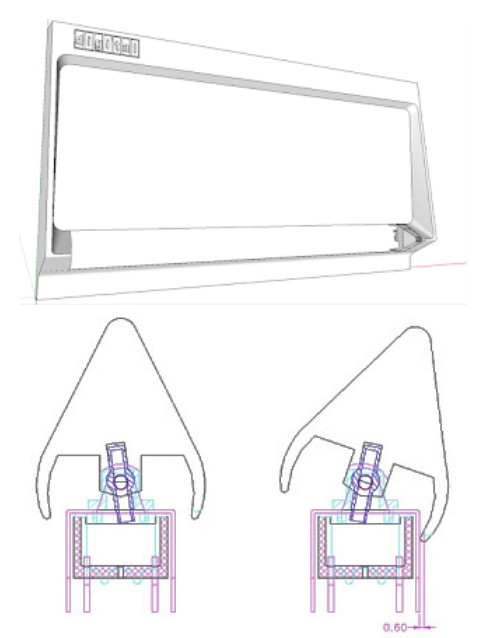
3D modeling and especially injection molding, the least favourite parts of the hobby

 Above is the PiDP-11's boot menu, showing its built-in software archive. Each of these operating systems comes with a huge number of applications, programming languages and lest we forget, games. There's lots to play with here.
Above is the PiDP-11's boot menu, showing its built-in software archive. Each of these operating systems comes with a huge number of applications, programming languages and lest we forget, games. There's lots to play with here.
